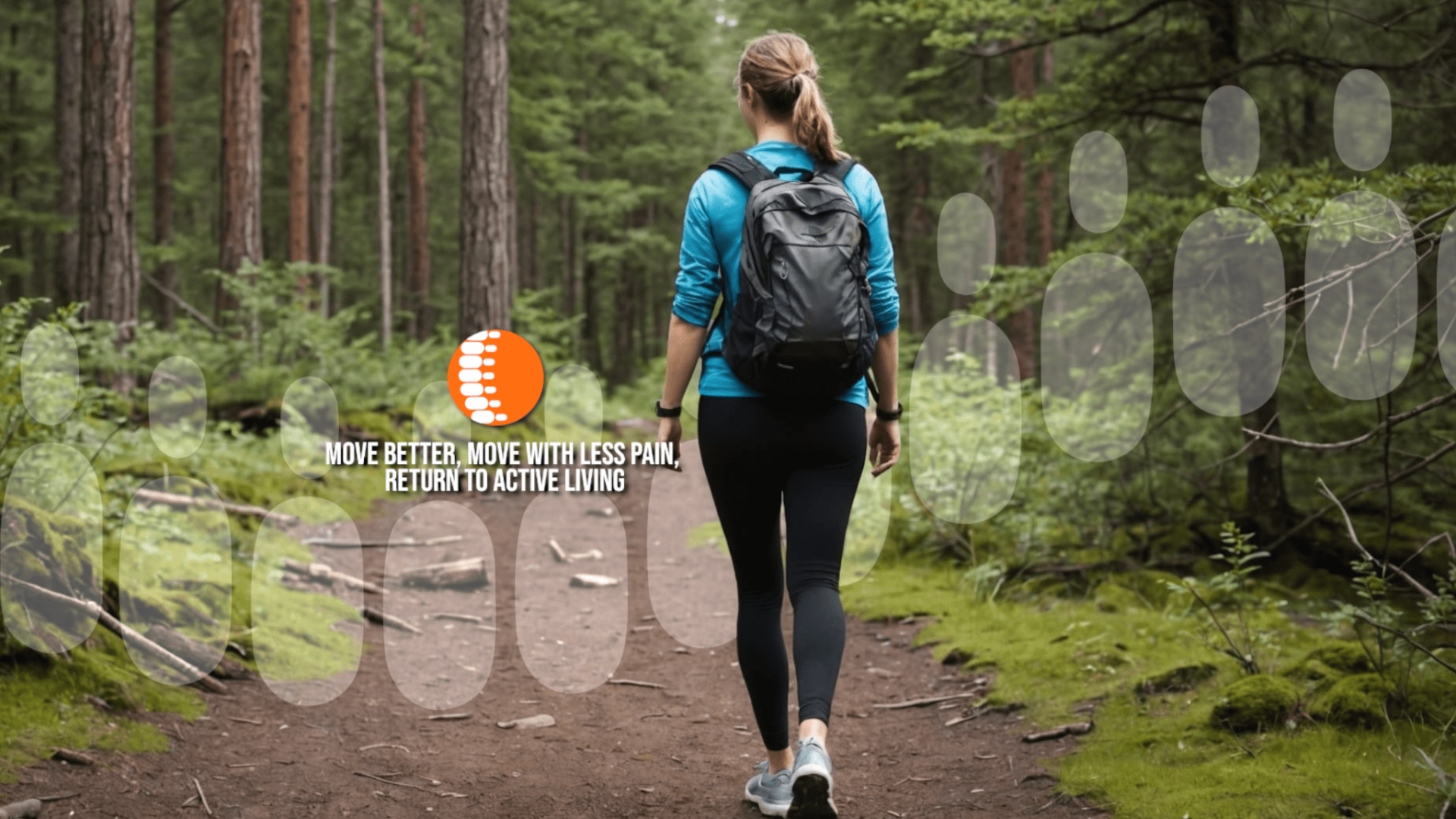Millions of individuals worldwide suffer from lower back discomfort, which is a widespread problem. It can have a crippling effect on your everyday activities and general well-being. Walking is one of the most practical and efficient ways to lessen the likelihood that lower back pain may repeat, even though there are several therapeutic options. The WalkBack program, a recent Australian study, has demonstrated encouraging outcomes when utilizing walking as a rehabilitative strategy. We’ll go over how this program operates and how to include walking in your daily routine to treat and prevent lower back pain in this blog post.

The Science of the WalkBack Initiative
In a ground-breaking study, the WalkBack program aimed to lower the recurrence of low back pain by combining education with a structured walking routine. These are some of the study’s main conclusions:
Significant Pain Recurrence Reduction: According to the study, individuals who adhered to the personalized, progressive walking program had a 28% decreased chance of developing recurrent lower back pain. This is a noteworthy decrease that demonstrates the value of consistent walking.
Extended Pain-Free Durations: Compared to individuals who did not adhere to the program, those who participated in the walking program enjoyed pain-free periods that were more than twice as long (208 days vs. 112 days). This prolonged period of painlessness can significantly improve your standard of living.
Cost-Effective and Accessible: Walking is a low-cost, easily accessible form of exercise. The study demonstrated that the walking program is not only effective but also economically beneficial, making it a practical option for many people.
How Walking Helps Your Back
Walking offers numerous benefits that contribute to reducing lower back pain:
- Strengthens and increases Endurance of Muscles: Walking helps strengthen the muscles that support your spine, including the core, back, and legs. Stronger muscles provide better support and stability for your spine.
- Increases Flexibility: Walking helps maintain and improve flexibility in the lower back and hip muscles, reducing stiffness and discomfort.
- Boosts Mental Health: Physical activity, like walking, releases endorphins that can improve your mood and reduce stress, which can also help in managing pain.
- Keeps the spine healthy: Evidence shows that walking can be beneficial to the health of the discs between the vertebrae.
Intensity and Volume of Walking
The WalkBack study provided specific guidelines on the intensity and volume of walking to maximize benefits and minimize the risk of injury. Here’s what the study recommends:
Starting Intensity: Participants were encouraged to start at a moderate intensity level. This means walking at a pace where you can still hold a conversation but feel slightly out of breath. For many, this corresponds to a brisk walk.
Progressive Increase: The program was designed to gradually increase both the duration and intensity of walking. Participants started with shorter sessions and gradually increased the time spent walking each week. This progressive approach helps to build endurance and strength without overloading the body.
Weekly Volume: The goal was to accumulate a total of 150 minutes of moderate-intensity walking per week. This aligns with general physical activity guidelines and can be broken down into manageable sessions, such as 30 minutes a day, five times a week.
If you want to see where to begin based on your experience and age head on over to the prescription guide.
Incorporating the WalkBack Program
Starting a walking routine to manage your lower back pain is simple and can be done in a few steps:
Start Slow: Begin with a manageable goal, such as walking for 10-15 minutes a day. Gradually increase the duration and intensity as your fitness improves.
Consistency is Key: Aim to walk at least five times a week. Consistency will help you see the best results.
Use Proper Footwear: Make sure you wear comfortable, supportive shoes to avoid any additional strain on your back.
Listen to Your Body: Pay attention to how your body feels during and after walking. If you experience unusual pain, slow down or take a break.
Track Your Progress: Use a pedometer or a walking app to track your steps and progress. Seeing your improvement can be motivating.
Educational Support for Better Results
The WalkBack program also emphasized the importance of education in managing lower back pain. Here are some key educational points:
Understand Pain Science: Learn about the nature of pain and how it’s not always directly related to tissue damage. Psychological and social factors can also play a role.
Reduce Fear-Avoidance: Understanding that movement is safe and beneficial can help reduce the fear of pain and encourage you to stay active.
Self-Management Strategies: Learn practical strategies for managing minor pain episodes, such as gentle stretches and proper posture techniques.
Conclusion
Walking is a simple, effective way to manage and reduce the recurrence of lower back pain. The WalkBack program has shown that an individualized, progressive walking routine combined with education can make a significant difference. Start incorporating walking into your daily routine, and consult with your chiropractor or healthcare provider for personalized advice. Remember, every step you take is a step towards a healthier, pain-free life.
Call to Action
If you’re struggling with lower back pain, try incorporating a walking routine into your day. For more tips and personalized advice, follow our blog and consult with your chiropractor. Together, we can help you walk away from pain and towards better health.
Dr Notley Chiropractor and Athletic Therapist
Originally posted on July 30, 2024 @ 10:26 am
